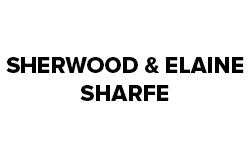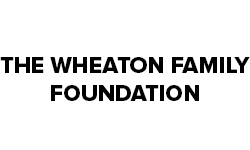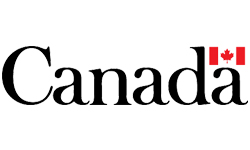Part C: Self, Community, and Place Resources
RESOURCES
- Charter for Children Book Series – DC Canada Education Publishing: www.dc-canada.ca
- Everybody Bakes Bread – Norah Dooley
- Discovery Education Videos: “A Kid’s Guide to Rules” – http://www.discoveryeducation.ca/Canada/
- Learning to Give.org – website with many resources – http://learningtogive.org/
- Welcoming Schools.org – website with applicable resources – http://www.welcomingschools.org/
- How to Bullyproof your Classroom by Caltha Growe – Responsive Classroom – https://www.responsiveclassroom.org/product/how-bullyproof-your-classroom
CURRICULUM OUTCOMES AND INDICATORS
Language Arts
- CR1.1: Comprehend and respond to a variety of visual, oral, print and multimedia text that address identity (exploring interests, community e.g., belonging), and social responsibility (e.g., contributing).
- Use illustrations, photographs, video programs, objects, and auditory cues to understand ideas and information.
- Relate a personal experience as a result of a picture, photograph, or model.
- Satisfy natural curiosity by engaging in inquiry:
- wonder about new ideas and observations
- discuss personal knowledge of a topic
- ask questions to satisfy personal curiosity and information needs
- identify self and others as sources of information
- seek information from others including people at school, at home, and in the community including Elders and Knowledge Keepers
- compare gathered ideas and information to personal knowledge
- share learning and information-gathering experiences compose with a scribe
- indicate whether or not information is useful for answering questions.
- CC1.1: Compose and create various, visual, multimedia, oral, and written texts that explore and present thoughts, ideas, and experiences.
- CC1.2: Use and construct symbols, pictures, and dramatizations to communicate feelings and ideas in a variety of ways.
Language Arts connections are primarily developed through student responses to the essential questions as they demonstrate understanding of their citizenship responsibilities.
Science
- LT1.1: Differentiate between living things according to observable characteristics, including appearance and behaviour.
- OM1.1: Investigate observable characteristics and uses of natural and constructed objects and materials in their environment.
- OM1.2 – Examine methods of altering and combining materials to create objects that meet students needs.
- SE1.2: Explore how humans and animals use their senses to interact with their environment.
- DS1.1: Compare and represent daily and seasonal changes of natural phenomena through observing, measuring, sequencing, and recording.
- DS1.2: Inquire into the ways in which plants, animals, and humans adapt to daily and seasonal changes by changing their appearance, behaviour, and/or location.
Mathematics
- SS1.1: Demonstrate an understanding of measurement as a process of comparing by:
- identifying attributes that can be compared
- ordering objects
- making statements of comparison
- filing, covering, or matching.
- SS1.2: Replicate composite 2-D shapes and 3-D objects.
- SS1.3: Compare 2-D shapes to parts of 3-D objects in the environment.
Health
- USC 1.5: Explore the association between a health sense of “self” and one’s positive connection with others and the environment.
- DM 1.1: Examine initial steps for making basic choices regarding healthy behaviours; healthy relationships; and a healthy sense of self.
- AP 1.1: Apply the steps of Stop, Do, Think, Act to develop a healthy sense of self.
© 2024 Concentus Citizenship Education Foundation Inc. All Rights Reserved.









